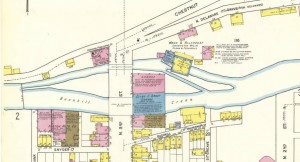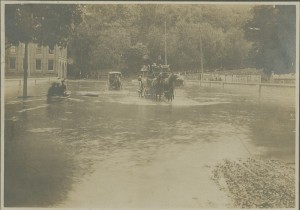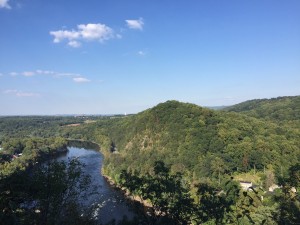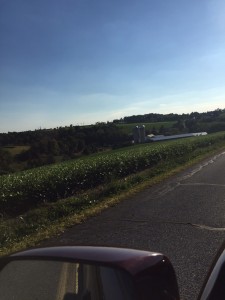“‘Some people want to put the forest back the way it was 200 years ago,’ he says. ‘To do that, I tell them, you’ve got to put the Bronx back the way it was 200 years ago.”
This was a quote from The City Without Us, page 35. It’s pretty straight forward but I thought it highlights an interesting disconnect between environmental consciousness and action. When we talk about the difference between conservation and preservation, many people think that environmental responsibility revolves around leaving things untouched or returning “nature” to its original state. However, many don’t understand that humans and nature can’t always interact without a give and take. While we want to protect the environment that we live in, we must learn to adapt our own lifestyles in a way that creates a neutral relationship between human and the environment.
I really liked this piece as a whole. Its descriptions of New York City after the extinction of mankind reminded me a lot about the Manifest Destiny painting that we saw at the Nurture Nature Center. I also like the idea of the bridges collapsing and the tunnels flooding, leaving the city stranded as the natural island that is once was.

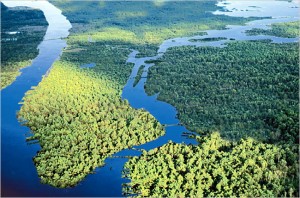
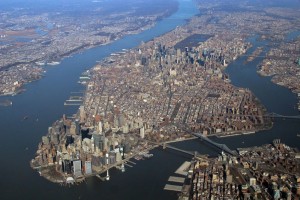
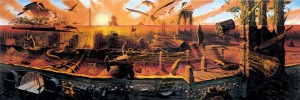
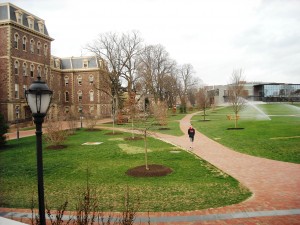
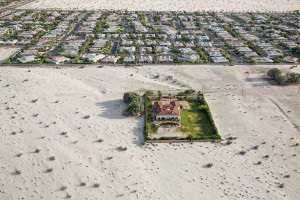
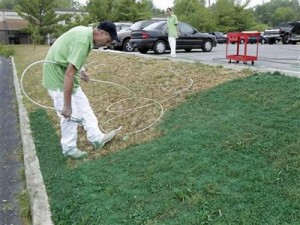

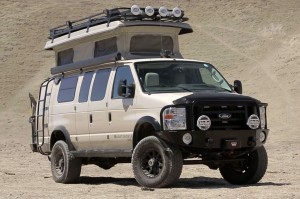
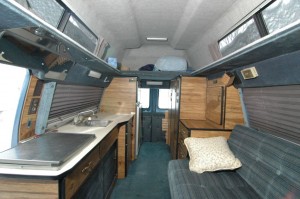
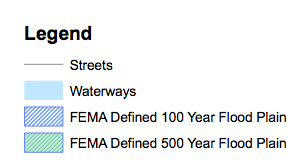
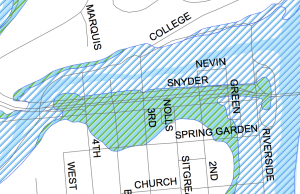
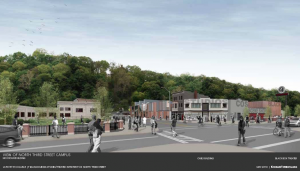 In addition to this, we looked into what used to exist on these sites in the past and perhaps try to find out what happened to those place. We used what photos we were able to find online as well as the Sanborn Maps of Easton from around 100 years ago to investigate what used to be in this area. Specifically, we are interested in examining why there used to be two streams the flowed under the North 3rd street bridge. Attached are some of the photos and maps we found:
In addition to this, we looked into what used to exist on these sites in the past and perhaps try to find out what happened to those place. We used what photos we were able to find online as well as the Sanborn Maps of Easton from around 100 years ago to investigate what used to be in this area. Specifically, we are interested in examining why there used to be two streams the flowed under the North 3rd street bridge. Attached are some of the photos and maps we found: